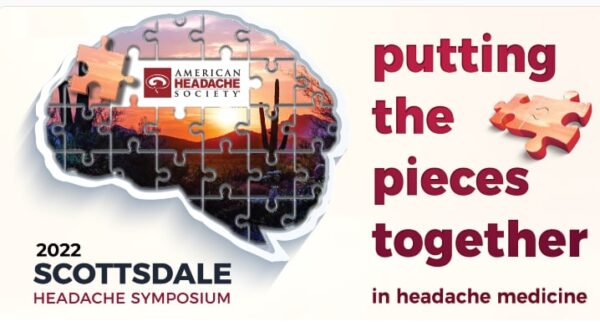2024 A Novel Technique for Periocular Surgery: Upper Lateral Access for Lower Lid Blepharoplasty – A Transcutaneous and Transpreseptal Approach
$30.00
This Product is shared via google drive download link, So please share your correct Gmail id while placing the order .Please note that there are no CME points or certificate associated with this course

Category: Plastic Surgery
Tag: pediatric
Description
2024 A Novel Technique for Periocular Surgery: Upper Lateral Access for Lower Lid Blepharoplasty – A Transcutaneous and Transpreseptal Approach
Just Released in HD Streaming Format!
By Javier Beut, MD
In this video series, Dr. Javier Beut explores an innovative approach to managing lower eyelid fat pads using an upper eyelid access technique for lower lid blepharoplasty, guided by the principles outlined by Jelks and his philosophies. Through a thorough analysis, Dr. Beut demonstrates the efficacy of this method, which offers a less invasive and potentially more effective solution for addressing lower eyelid concerns. Two patients demonstrate two different lower eyelid approaches: transcutaneous and transpalpebral. Dr. Beut aims to achieve optimal aesthetic outcomes while minimizing complications, aligning with the core tenets of Jelks and his approach to facial anatomy and surgical precision. This introduction sets the stage for a detailed discussion of our findings and their implications for cosmetic and reconstructive eyelid surgery.
The “blending technique” used for nonsurgical treatment of the tear trough deformity is effective for improving the appearance of the lid–cheek junction, correcting the tear trough deformity and the palpebromalar groove. The technique involves injecting hyaluronic acid into the area in a series of vertical vectors. This helps to smooth out the transition between the two areas and create a more natural look; the goal is to blend and not to fill. The evaluation of patients for the blending technique is important to determine the best approach for each individual. Patients are classified as “innies” or “outies” based on the position of the arcus marginalis on the orbital bone. Innie patients are more favorable to the injection of hyaluronic acid in the gap between the arcus marginalis and orbital retaining ligament to correct the tear trough groove. Outie patients benefit from the volumization and support of the deep middle fat pat at the pyriform fossa deep medial cheek and the premaxillary space, but not from direct injection into the tear trough.
4 Cases With 4 Hours of Operative and Technique Video!
- Case 1: Secondary blepharoplasty, standard upper eyelid blepharoplasty, no fat removal, upper lateral access for lower eyelid blepharoplasty, transpreseptal approach, canthal support, inferior lateral retinaculum canthoplasty, periorbital fat grafting, preseptal orbicularis muscle graft
- Case 2: Primary transcutaneous blepharoplasty, canthoplasty, periorbital fat grafting, standard upper eyelid blepharoplasty, fat and muscle removal, upper lateral access for lower eyelid blepharoplasty, transcutaneous approach, canthal support, inferior lateral retinaculum canthoplasty, periorbital fat grafting, preseptal orbicularis muscle graft
- Case 3: Nonsurgical treatment of the tear trough deformity
- Case 4: Nonsurgical treatment of the tear trough deformity
- Summary
Available in HD streaming format. 4 hours of operative and technique video. 2024.












